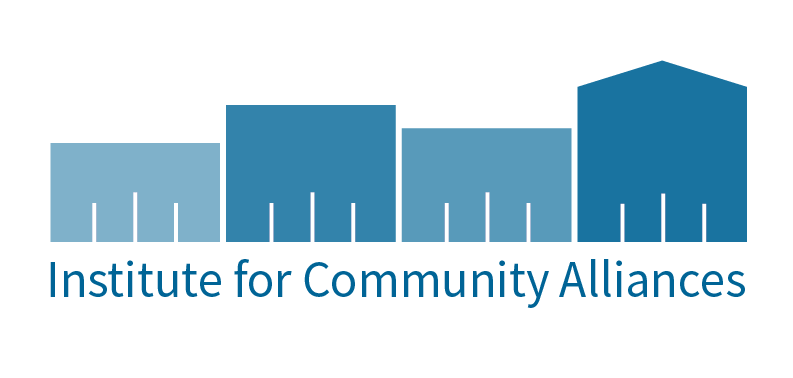CASE STUDY
____________________
Counting on (and in) Vermont
To remain eligible and competitive for federal funds that provide critical support to Vermont homeless programs and the families they serve, the Burlington/Chittenden County and Balance of State Continua looked to Institute for Community Alliances to meet increasing data collection, quality and reporting standards.
Promising Outcomes
Less than a year after transitioning to a unified HMIS, Vermont was seeing promising outcomes. In addition to improved data quality, use of HMIS for ongoing reporting and analysis continues to inform and improve Vermont’s system-wide efforts to eliminate homelessness.
New Challenges
Vermont’s two Continua (Burlington/Chittenden County and Balance of State) are comprised of dozens of homeless and human service organizations, housing agencies, and other partners that strive to eliminate homelessness throughout Vermont. Jointly, the Continua hired ICA during a time of enhanced standards for data quality, accountability and reporting related to homeless services, as mandated by the U.S. Department of Housing and Urban Development (HUD).
The Burlington/Chittenden County and Balance of State Continua had maintained separate Homeless Management Information Systems (HMIS) for many years. HMIS is the generic term for a database required to be used by several federally funded homeless programs, including those receiving pass-through federal funding from States or municipalities.
As federal data thresholds increased and regional data needs evolved, it became evident that the Vermont Continua were not equipped to effectively respond to the quality standards and comprehensive data collection and reporting that was required.
Using HMIS data for the (Point-in-Time) count and other reporting saves time, increases accuracy, and is considered a best practice by federal and national partners. As a result of our collaboration with the Institute for Community Alliances, the State of Vermont achieved higher quality data and complied with the statewide Point-In-Time reporting requirement a full month earlier than in 2015. We expect the number of agencies using Vermont HMIS will grow dramatically in the next few years.
– Daniel Blankenship, Grants Administrator / Vermont State Housing Authority
A Time for Change
In 2015, after extensive evaluation of HMIS and goals for the network, the Vermont Balance of State Continuum of Care selected ICA to serve as the HMIS Lead/System Administrator. After ICA’s initial, successful work in the balance of state, the Chittenden CoC approached ICA with the hope to unify the two systems under the leadership of ICA. This was completed by late 2015.
What This Means for Vermont communities and families
Almost immediately, ICA was providing value-added expertise and assistance to several Vermont communities that were preparing for their January 2016 homeless Point-in-Time (PIT) Count.
Working closely with those communities to guide use of HMIS as a PIT data reporting tool for sheltered clients, the ICA team quickly recognized that agencies were also challenged in their capacity to provide accurate counts for unsheltered families and individuals.
Finally, there was a need to include counts from agencies that were providing emergency or transitional shelter, but were not yet participating in the Vermont HMIS.
In response, the Institute for Community Alliances developed and worked closely with agencies to pilot a customized Google Survey Tool that would assist PIT Count volunteers in the uniform, timely, and accurate collection and reporting of HUD-required data elements.
As a result of the comprehensive technical assistance provided by the Institute for Community Alliances, the Burlington/Chittenden County and Balance of State Continua were able to quickly and accurately process data collected by hundreds of volunteers and homeless service providers.
In all, data was collected for over 1,100 persons in nearly 800 households using HMIS and the Google Form Tool. Seamlessly combining data from these sources, ICA provided additional customized reporting for Vermont’s 2016 Point-in-Time publication, including maps showing various statistics at the county level.
Next Up
____________________
Discovering Data Intersections – Homeless Does Not = Jailed
As Polk County, Iowa was exploring how best to respond to emerging homeless trends and issues, the community wanted to examine the overlap between persons staying in shelter and those who entered the criminal justice system. The Institute for Community Alliances was asked to conduct the research and analysis.



